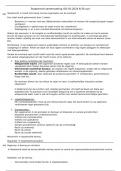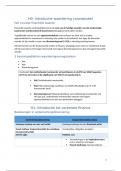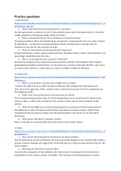Samenvatting
Summary Research Methods in Psychology, Chapter 1 - 14
- Instelling
- Rijksuniversiteit Groningen (RuG)
This is a summary from the book "Research Methods in Psychology" by Beth Morling 4th edition. Written by a first year student. Chapter 1 till 12 includes everything from the book. Chapter 13 and 14 includes the terms with definitions from the book, but without any explanatory info.
[Meer zien]














